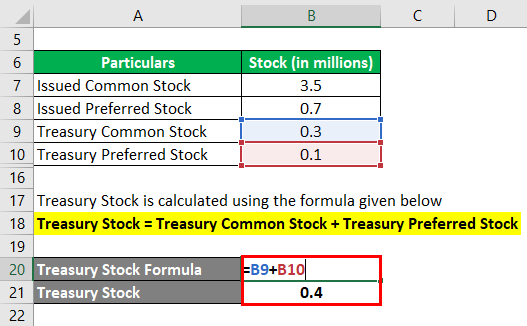
The valuation method that a company uses can vary across different industries. Below are some of the differences between LIFO and FIFO when considering the valuation of inventory and its impact on COGS and profits. Do you routinely analyze your companies, but don’t look at calculate fifo how they account for their inventory? For many companies, inventory represents a large, if not the largest, portion of their assets.
- To calculate FIFO, multiply the amount of units sold by the cost of your oldest inventory.
- This helps keep inventory fresh and reduces inventory write-offs which increases business profitability.
- Do you routinely analyze your companies, but don’t look at how they account for their inventory?
- It can be easy to lose track of inventory, so adopt a practice of recording each order the day it arrives.
- FIFO is an inventory valuation method that stands for First In, First Out.
- It offers more accurate calculations and it’s much easier to manage than LIFO.
What Is FIFO – First In First Out Method?

During the period of inflation, FIFO will outcome in the lowest estimate of cost of goods sold among the three approaches and even the highest net income. The lifo fifo calculator estimates the remaining value of inventory and cost of goods sold(COGS) by using the FIFO and LIFO method. The product inventory management becomes easy with the assistance of this calculator for first-in-first-out and last-in-last-out. The newer units with a cost of $54 remaining in ending inventory, which has a balance of (130 units X $54), or $7,020. The sum of $6,080 cost of goods sold and $7,020 ending inventory is $13,100, the total inventory cost. FIFO and LIFO produce a different cost per unit sold, and the difference impacts both the balance sheet (inventory account) and the income statement (cost of goods sold).

Why would businesses use last in, first out (LIFO)?

Following the FIFO logic, ShipBob is able to identify shelves that contain items with an expiration date first and always ship the nearest expiring lot date first. For instance, say a candle company buys a batch of 1,000 candles from their supplier at $2 apiece. Several months later, the company buys another batch of 1,000 candles – but this time, the supplier charges $10 for each candle.
- Then, since inflation increases price over time, the ending inventory value will have the bulk of the economic value.
- This is a more practical and efficient approach to the accounting for inventory which is why it is the most common approach adopted.
- Logistically, that grocery store is more likely to try to sell slightly older bananas as opposed to the most recently delivered.
- The COGS for each of the 60 items is $10/unit under the FIFO method because the first goods purchased are the first goods sold.
- Businesses would use the weighted average cost method because it is the simplest of the three accounting methods.
Average cost inventory

If you’re ready to try out a dedicated inventory system, Zoho Inventory is free to start. If you’re a business that has a low volume of sales looking for the most amount of detail, specific inventory tracing has the insight you’ll need. But it requires tracking every cost that goes into each individual piece of inventory. There are three other valuation methods that small businesses typically use.
- Leaving the newer, more expensive inventory for a higher costs environment.
- The First In, First Out FIFO method is a standard accounting practice that assumes that assets are sold in the same order they’re bought.
- The average inventory method usually lands between the LIFO and FIFO method.
- The Last-In, First-Out (LIFO) method assumes that the last or moreunit to arrive in inventory is sold first.
- The other 10 units that are sold have a cost of $15 each and the remaining 90 units in inventory are valued at $15 each or the most recent price paid.
In other words, the older inventory, which was cheaper, would be sold later. In an inflationary environment, the current COGS would be higher under LIFO because the new inventory would be more expensive. As a result, the company would record lower profits or net income payroll for the period. However, the reduced profit or earnings means the company would benefit from a lower tax liability.
- With this method, companies add up the total cost of goods purchased or produced during a specified time.
- However, it is more difficult to calculate and may not be compliant under certain jurisdictions.
- Businesses would use the LIFO method to help them better match their current costs with their revenue.
- Should the company sell the most recent perishable good it receives, the oldest inventory items will likely go bad.
- While the LIFO inventory valuation method is accepted in the United States, it is considered controversial and prohibited by the International Financial Reporting Standards (IFRS).
How to make calculating FIFO easier
Determine the cost of the oldest inventory from that period and multiply that cost by the amount of inventory sold during the period. Let’s say that a new line comes out and XYZ Clothing buys 100 shirts from this new line to put into inventory in its new store. FIFO has several advantages, including being straightforward, intuitive, and reflects the real flow of inventory in most business practices. Many companies choose FIFO as their best practice because it’s regulatory-compliant across many jurisdictions. It can be easy to lose track of inventory, so adopt a practice of recording each order the day it arrives. This makes it easier to accurately account for your inventory and maintain proper FIFO calculations.


